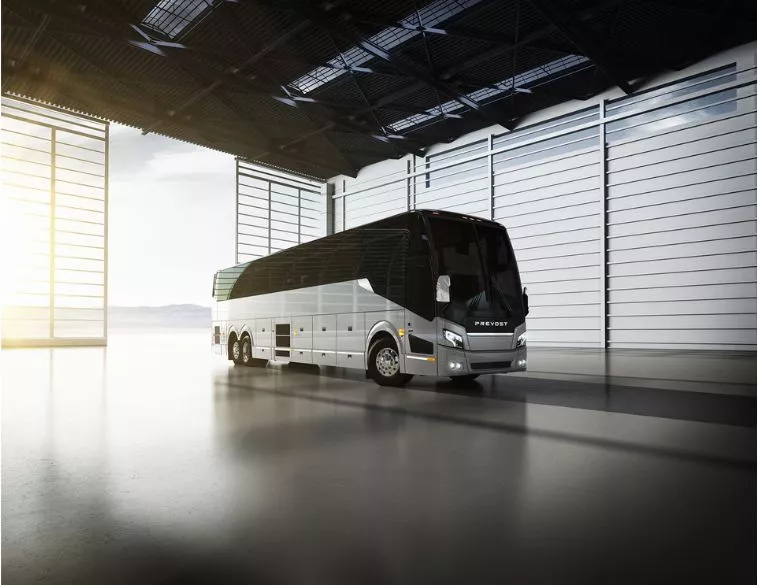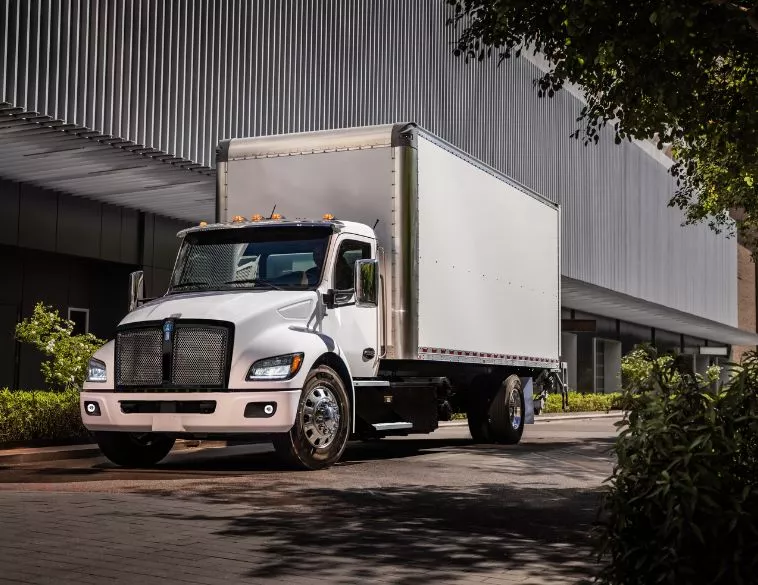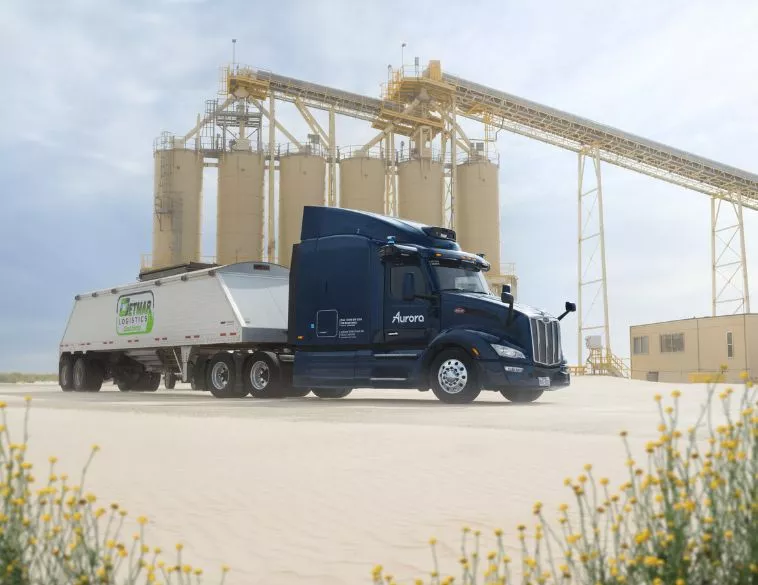Intercity coaches, a smart solution for regional travel

For many years, intercity coaches were seen as the only option for travellers without a car. Today, they are one of the go to choices for short and medium regional trips. And the experience has come a long way.
With urban sprawl continuing across the country and social changes stretching rush hours on our roads, finding the best way to get from point A to point B has become a real challenge.
Orléans Express is one of the major players in Canada’s intercity coach market. With a fleet of about 60 coaches, the company serves more than 35 destinations in Quebec and Ontario and safely carries over 600,000 passengers every year. The intercity coach operator is owned by Keolis Group, based in Paris, with the Caisse de dépôt et placement du Québec holding a 30% stake. In addition to coach transportation, Keolis Canada operates the Keolis Grand River light rail system in Waterloo, Ontario, and the company has expanded across the country. In December, Keolis acquired Pacific Western, which operates in British Columbia, Alberta, and Ontario.
“We have therefore become a national operator from coast to coast,” says Alain Pelletier, vice president of operations for Quebec at Keolis Canada.
Intercity coach service varies significantly from one province to another. Quebec and British Columbia are heavily regulated, while Ontario and provinces farther west follow a free market model. Regulation in Quebec ensures better service for remote regions, which is not necessarily the case elsewhere.
“The Commission des transports du Québec requires carriers to serve even remote regions for the benefit of passengers. In provinces where service is not regulated and carriers compete freely, they tend to focus on profitable routes, regardless of the needs of people in remote areas,” explains Alain Pelletier.
An option worth a closer look
On the busiest corridors, travellers can choose among several ways to reach their destination. Between Montreal and Toronto, air, rail, and personal vehicles all compete with coaches. Between Montreal and Quebec City, flying is a less popular option. And according to Martin Latulippe, director of operations at Orléans Express, the train is not the real competitor.
“For us, the complexity of the rail network means we do not view rail as a direct threat to our sustainability or our growth.” The real competition comes from solo drivers.
“At Orléans, our marketing team has identified the solo driver as a customer who seeks absolute flexibility. No other option provides that level of freedom besides their own car. That segment is very hard to persuade.” How do you encourage this traveller to choose a coach?
“The idea is not to convert them outright. It is to get people to try the coach experience so it becomes one of the alternatives they consider, knowing the goal is not to convert everyone. If people start thinking of this mode as one of the options in some situations and gradually leave the car behind, that will have an impact. There is also the sustainability factor.”
Comfort is a deciding factor
To win customers over, operators like Orléans Express rely on their partnership with Canada’s leading coach manufacturer, Prevost. “We probably have one of the newest fleets in the entire industry,” says Martin Latulippe. “That is an integral part of our strategic positioning. To be convincing with customers, they need to feel ownership and comfort on board.”
Comfort is very much the order of the day. In 2023, Prevost launched a completely new generation of its flagship, the H3 45. “When we design a vehicle, we truly have three targets in mind, and we make sure to deliver added value to these three customers. There is the owner, the operator such as Keolis who needs tangible business benefits. Then the driver, who spends a great deal of time in the vehicle. It is therefore important that they feel comfortable in their work environment. And finally, there is the passenger, who is looking for an excellent experience in terms of comfort and visibility,” says François Tremblay, president of Volvo Group Canada and of Prevost and Volvo Buses North America.
For operators, the benefits of the new H3 45 platform and its short distance counterpart, the X3 45, are numerous, including up to 12% fuel savings, easier maintenance, and a vehicle equipped with the latest technologies. For the driver, there is a completely redesigned cockpit with a digital dashboard and a touchscreen interface that provides access to all vehicle functions on a single screen. Passengers enjoy genuine comfort. The H3 45 offers a brighter cabin with white ceilings, larger windows for better visibility, overhead bins that are easier to access, and premium seating.
“We asked our teams to redesign the seats, taking inspiration from automotive design. Our current Cloud One seats now look like performance car seats. We also hired a team of ergonomists who conducted a full year of testing with people of different heights and weights to ensure the seats are very comfortable. We worked on both the look and the comfort of the seats, and we have now become the industry benchmark.”
Prevost also worked with partners to deliver onboard WiFi that meets the needs of today’s travellers. Based in Sainte Claire, Quebec, the manufacturer holds a leading position in North America with a 47% market share. Beyond the comfort and modern design of the H3 45, Prevost can also count on the strength of Volvo Group. Thanks to group synergies, including Volvo Trucks, Prevost can offer advanced vehicles supported by 2.5 billion dollars in research and development each year.
“That gives us access to the latest technologies,” says François Tremblay. “And our component supply chain is aligned with Volvo Trucks, which sells 300,000 trucks per year. That also gives us volume purchasing power.”
Modern coaches featuring advanced technologies and surprising levels of comfort provide compelling reasons for travellers to choose this mode of transport. It also happens to be one of the most environmentally responsible ways to travel.





